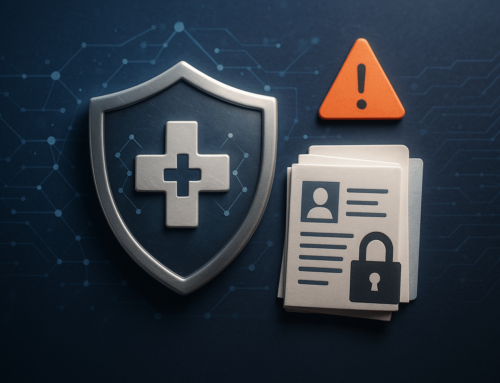
Ensuring the safety and well-being of healthcare workers is of paramount importance. Addressing occupational hazards and implementing protocols that minimize risks becomes crucial in a high-pressure environment where patients’ lives are at stake.
One such hazard healthcare professionals face is needlestick injuries – accidental punctures from needles or other sharps devices. This article will explore the OSHA Needlestick Protocol, exploring its guidelines, prevention training, incident reporting, and policies to safeguard workers.
Understanding the OSHA Needlestick Protocol: Taking the Proper Precautions
The Occupational Safety and Health Act (OSHA) has long recognized the severity of needlestick injuries and their potential consequences for healthcare workers. As part of its mission to protect employees, OSHA developed the Needlestick Safety and Prevention Act (NSPA) in 2000. This act requires employers to implement safety measures to reduce exposure to bloodborne pathogens, including protocols specifically addressing needlestick incidents.
OSHA Needlestick Prevention Training: Empowering Workers Against Hazards
To effectively prevent needlestick injuries, healthcare facilities must provide comprehensive training programs for their staff. These OSHA needlestick prevention training sessions aim to educate healthcare workers on:
- Safe Handling Techniques
- Proper Disposal Methods for Sharp Devices
- Use of Engineering Controls
By familiarizing employees with OSHA’s guidelines on minimizing exposure risks, healthcare organizations can empower their workforce to take proactive steps toward preventing accidents. Regularly updated training ensures all personnel stay informed about industry standards and best practices.
Implementing OSHA Needlestick Exposure Protocol: Guarding the Frontline
Despite rigorous preventative measures, needlestick incidents may still occur. Therefore, OSHA has established clear-cut guidelines for responding to such incidents promptly and effectively. The protocol involves immediate actions after being stuck by a contaminated sharp object.
Firstly, individuals should wash the affected area thoroughly with soap and water while avoiding harsh scrubbing. Secondly, they should report the incident to their supervisor or designated authority and seek immediate medical evaluation. Lastly, employers must provide access to post-exposure prophylaxis (PEP) if necessary, which may include antiretroviral medications to reduce the risk of contracting bloodborne diseases like HIV.
Completing OSHA Needlestick Incident Report Form: Covering Your Bases
Accurate documentation is a vital aspect of OSHA’s needlestick protocol. After an incident, healthcare workers must complete an incident report form designed explicitly for needlestick injuries. This form captures essential information such as:
- Circumstances Surrounding the Incident
- Details about the Device Involved
- Subsequent Medical Treatment Received
By thoroughly documenting each needlestick incident, healthcare facilities can track trends, identify areas for improvement in safety protocols, and ensure that appropriate support is provided to affected employees.
OSHA Needlestick Policy: A Commitment to Safety
To create a safe working environment and comply with OSHA’s regulations, healthcare organizations must establish comprehensive needlestick policies. These policies should outline procedures for:
- Preventing Injuries
- Training Requirements
- Reporting Mechanisms
- Regular Reviews of Safety Protocols
A well-crafted policy demonstrates an organization’s commitment to employee welfare while fostering a culture of safety and accountability. It also serves as a reference point for staff members regarding expected behaviors and actions in high-risk situations.
The OSHA Needlestick Protocol plays a vital role in safeguarding the well-being of healthcare workers who face the occupational hazard of needlestick injuries. By providing thorough prevention training, implementing exposure protocols, utilizing incident report forms, and establishing comprehensive policies, healthcare facilities can minimize risks and protect their valuable workforce. As we prioritize employee safety in the healthcare industry, adherence to OSHA guidelines remains paramount in reducing workplace hazards associated with needlesticks.










